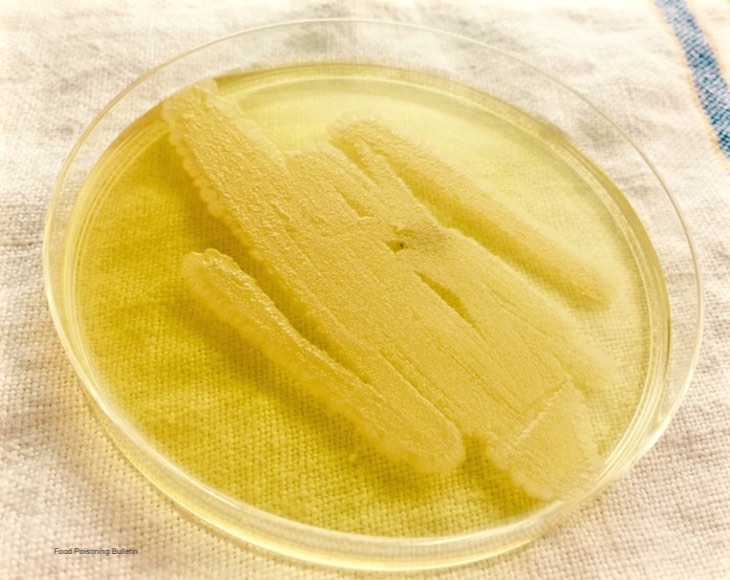Bad news about antibiotic resistance and food poisoning: New surveillance data from European Union member states shows rising antibiotic resistance to a medically important antibiotic among foodborne pathogens. The report focuses on antibiotic resistance levels in Salmonella, Campylobacter, E. coli, and methicillin-resistant Staphylococcus aureus (MRSA). The bacteria that were analyzed were taken from humans, pigs, calves, broiler chickens, and turkey.

Resistance to the critically important antibiotic ciprofloxacin is common in some species of Salmonella taken from patient isolates. Resistance to ciprofloxacin ranged from high to very high in Campylobacter recovered from people, food producing animals, and poultry. This resistance makes infections much more difficult to treat. In addition, the data shows that more than 28% of Salmonella isolates from human infections are resistant to multiple drugs.
And that’s not all. In Salmonella from human. cases in 2018, resistance to ampicillin, sulfonamide, and tetracyclines were observed overall at high levels. Resistance to fluoro/quinolones was observed at very high levels in Salmonella species recovered from broilers, fattening turkeys, and poultry carcass/meat, and at high to extremely high levels in Salmonella isolates from humans. There were also a few cases of carbapenem-resistant Salmonella, which is the first report of that type of resistance in people that weren’t related to travel outside the EU.
Mike Catchpole, the European Centre for Disease Prevention and Control’s (ECDC) chief scientist said in a news release, “Finding carbapenem resistance in foodborne bacteria in the EU is a concern. ECDC is working with EU Member States and with EFSA in a One Health approach to enhance the early detection and monitoring, in an effort to fight the persisting threat of antimicrobial-resistant zoonotic infections.”
In Campylobacter from humans, food-producing animals and poultry meat, rising antibiotic resistance to profloxacin and tetracycline ranged from high to extremely high. In five countries, high to very high proportions of Campylobacter coli from humans were resistance to both ciprofloxacin and erythromycin, which leave doctors few options to treat severe Campylobacter infections.
But there was some encouraging news as well. There was a decline in resistance to ampicillin and tetracyclines in Salmonella Typhimurium in many countries. And there is a decreasing trend in the detection of extended-spectrum beta-lactamase or AmpC-producing E. coli food producing animals in 12 countries from 2015 through 2018. Increasing trends in susceptibility to all antibiotics in E. coli from food producing animals was seen in 6 countries. That means that some countries are having success in their attempts to reduce antibiotic resistance in food animal production.




